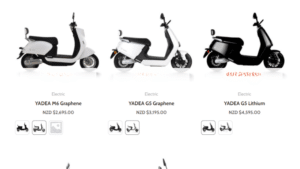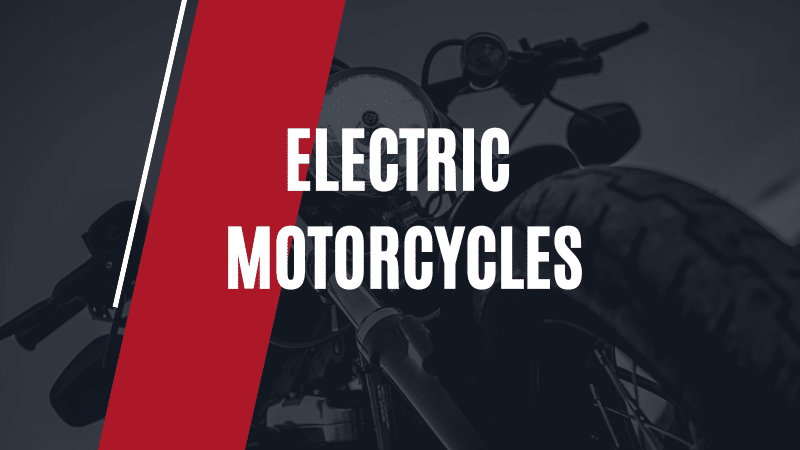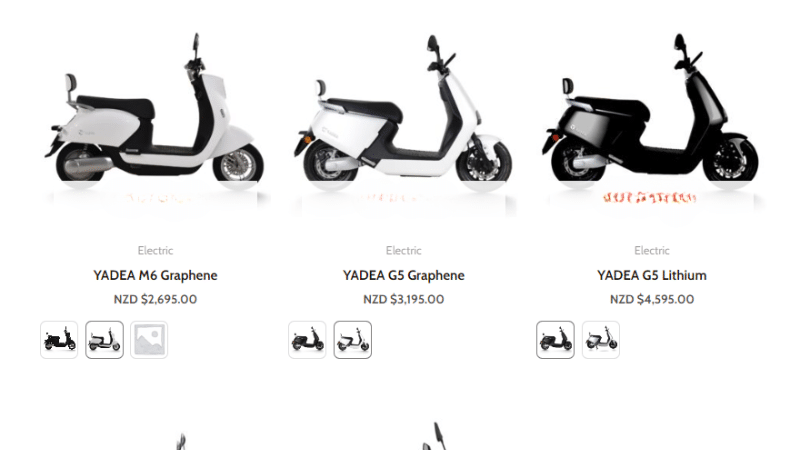
What Are Your Riding Needs?
Before diving into the technical factors, it’s important to recognize your user needs. Ask yourself the following questions:
- Where will I be riding the most? Are you planning to use your e-bike for daily commutes, off-road adventures, or leisurely rides around town?
- How far will I tour? Knowing your typical distance will help determine the battery range you want.
- What’s my price range? Electric bikes come in numerous fee levels, so placing a price range that aligns with your desires is vital.
Types of Electric Bikes
There are extraordinary varieties of electric powered motorcycles to suit diverse riding patterns. Here’s a brief evaluation:
- Commuter E-Bikes: Designed for urban driving, these motorcycles are best for buying for painting or jogging errands. They commonly include features like lights, fenders, and racks.
- Mountain E-Bikes: Built for off-road trails, those motorcycles are rugged and ready with powerful motors to handle steep inclines and hard terrain.
- Folding E-Bikes: Ideal for those with restrained garage areas or who need to mix biking with public delivery. These motorcycles are compact and clean to carry.
Key Features to Consider
When selecting an electric-powered motorbike, be aware of the key features:
- Motor Power: The motor’s strength, measured in watts, determines how much assistance the motorbike presents. In NZ, the felony limit is 300 watts, enough for most commuting and leisure purposes.
- Battery Capacity and Range: The battery’s ability, measured in watt-hours (Wh), influences how long you can journey on a single rate. For maximum riders, several 50-100 km is good enough.
- Weight: The weight of the motorbike affects its management and portability. Lighter motorcycles are less complicated to maneuver, specifically if you need to hold them upstairs or onto public shipping.
- Frame and Build Quality: The bike’s body has to be sturdy yet lightweight. Materials like aluminum and carbon fiber are popular for sturdiness and weight.
- Braking System: Look for motorcycles with dependable braking systems and hydraulic disc brakes, which provide better stopping energy and control.
Also Check Out Our Electric Scooters
Frequently Asked Questions (FAQs)
Q: How long does it take to charge an electric bike? A: Charging time varies depending on the battery length and charger type. On average, it takes four to six hours to charge an electric bike. Q: Are electric motorcycles prison in NZ? A: Yes, electric-powered bikes are a felony in NZ if they comply with the guidelines, including a motor electricity restriction of three hundred watts. Q: Do I need a license to experience an electric motorcycle in NZ? A: You do not need a license to experience an electric-powered motorcycle in NZ, provided it meets the prison requirements.
Conclusion
Choosing the proper electric motorcycle in NZ includes knowing your needs, knowing the sorts available, and considering key capabilities like motor electricity, battery range, and weight. Considering those factors, you may locate an electric bike that perfectly fits your lifestyle and riding preferences. Whether you’re commuting to work, exploring off-street trails, or taking a trip around the city, the right electric bike will make your journey fun and hassle-free.


